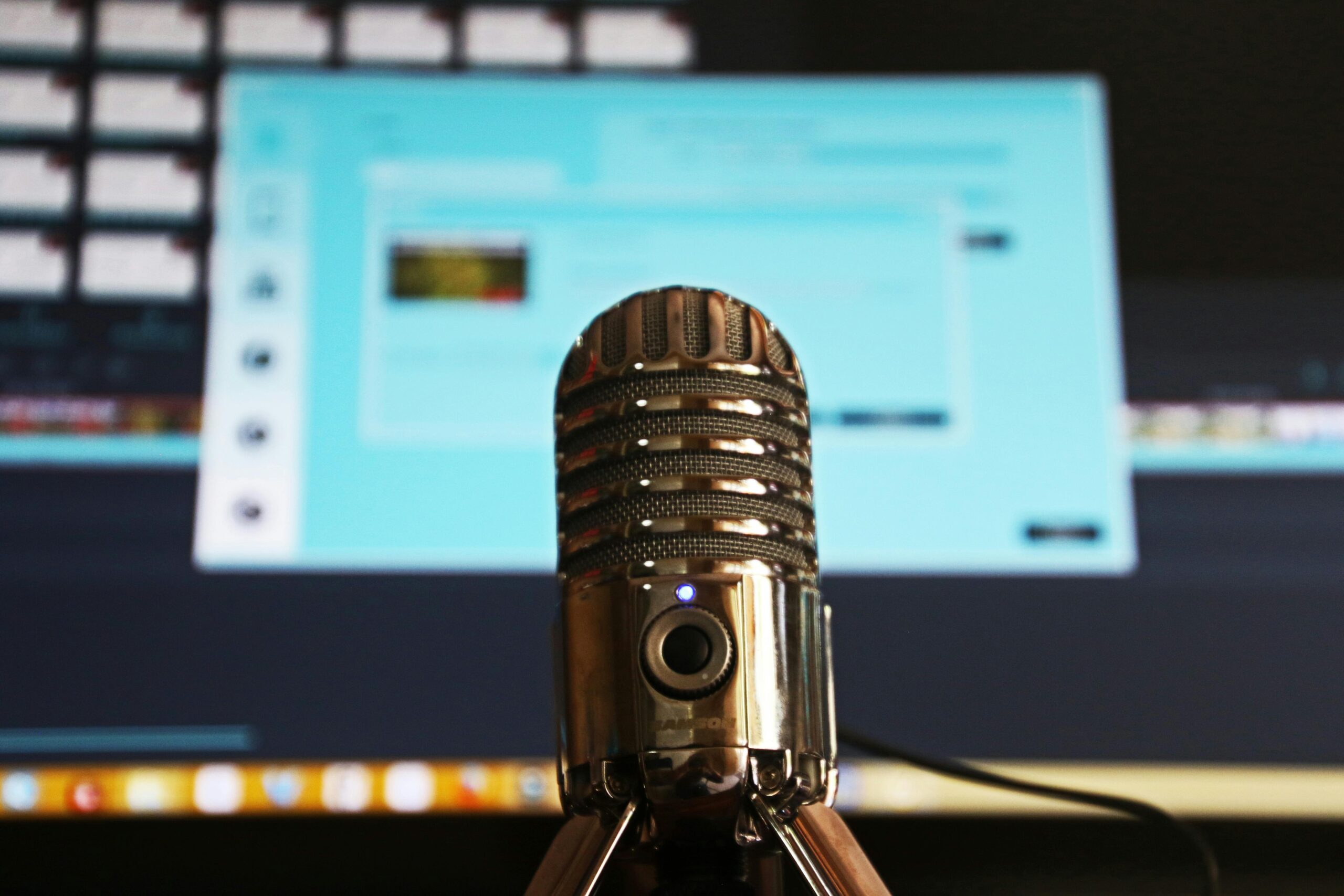I am constantly searching for the greatest tools to improve my audio projects because I am an audio enthusiast and content creator. Free audio software is widely available in the modern digital era, and it may compete with even the priciest paid choices. I’ll expose you to the top 10 free audio apps of 2024 in this post. Whether you’re a podcaster, musician, or just someone who likes to play around with audio, these software choices will satisfy your requirements without going over budget.
Benefits of using free audio software
Let us first talk about the advantages of using free audio software before getting into the features of each program. Above all, and above all, it’s free! This is a big benefit, particularly for first-timers or those on a limited budget. You can experiment and learn about the field of audio creation without having to pay for anything by using free audio software.
Second, there’s usually a robust user community accompanying free audio software. This implies that you have a plethora of internet resources and forums at your disposal to seek assistance if you run into any problems or have inquiries. Free audio software’s community feature fosters a collaborative and educational atmosphere.
Lastly, the quality and functionality of free audio software have significantly improved. Numerous free options provide professional-caliber tools and effects that were previously only available with high-end software. This implies that you don’t need to pay a single penny to produce music at a professional quality.
Popular free audio software in 2024
Let’s now explore the top 10 free audio software choices for the year 2024. Because of these programs’ superior functionality, intuitive user interfaces, and cross-platform interoperability, they have become increasingly popular.
1. Audacity
For many years, Audacity has been a mainstay in the realm of free audio software. With support for multiple audio formats and multi-track recording, it provides an extensive array of editing capabilities.
Features: Audacity is well-known for its robust editing features and multi-track recording capabilities. With tools like noise reduction, equalization, and audio effects, it makes it simple for users to capture and edit audio.
2. Cakewalk by BandLab
Cakewalk, a digital audio workstation with comprehensive editing features, virtual instruments, and effects, is developed by BandLab. For artists and producers seeking high-end software at an affordable price, this is ideal.
Features: Advanced editing features in Cakewalk include time stretching and pitch correction. In order to improve your audio productions, it also offers a large selection of virtual instruments and effects.
3. Ardour
Ardour is a cross-platform, open-source digital audio workstation. It has functions like MIDI recording, editing, and mixing in addition to supporting an infinite number of audio tracks.
Features: MIDI recording and an infinite number of audio tracks are supported by the robust digital audio workstation Ardour. It has functions including mixing, automation, and non-destructive editing.
4. OBS Studio
This program is great for recording and editing audio, but it’s mostly recognized for its streaming features. It provides easy-to-use filters, noise reduction, and audio mixing to improve your recordings.
Features: Although OBS Studio is mainly used for broadcasting, it is also an excellent tool for audio recording and editing. It offers simple audio mixing, effective noise reduction, and filters to improve your recordings.
5. WavePad
A user-friendly audio editing program, WavePad offers a variety of tools and effects for manipulating audio. It allows for real-time effect previewing and supports a large variety of audio formats.
Features: WavePad is an easy-to-use audio editing program that comes with a number of tools and effects. It allows for real-time effect previewing and supports a large variety of audio formats.
6. Tracktion T7
Offering an infinite number of MIDI and audio tracks, Tracktion T7 is a fully functional digital audio workstation. It is appropriate for both novices and experts due to its clear and simple interface.
Features: With an infinite number of MIDI and audio tracks, Tracktion T7 is a feature-rich digital music workstation. It is appropriate for both novices and experts due to its clear and simple UI.
7. Reaper
Reaper is a robust and highly configurable digital audio workstation available for free for a full 60 days. It has a passionate user base and supports a wide variety of plugins.
Features: With broad plugin support, Reaper is a digital audio workstation that can be customized. It offers an extensive collection of virtual instruments and effects in addition to a wide range of editing capabilities.
8. FL Studio
FL Studio is a well-liked option for creators of electronic music. Even with its limitations, the free edition offers a strong starting point for producing electronic music.
Features: Electronic music producers frequently use FL Studio. Even with its limitations, the free edition provides a strong basis for producing electronic music.
9. Kristal Soundtrack
Kristal Audio Engine: With a vast array of effects and tools, Kristal Audio Engine is a multitrack recorder and audio sequencer. For podcasters and musicians searching for an easy-to-use program, this is ideal.
Features: A multitrack recorder and audio sequencer with an extensive toolkit and effects library is Kristal Audio Engine. For podcasters and musicians searching for an easy-to-use program, this is ideal.
10. GarageBand
A very strong and flexible audio program, GarageBand is only available for Mac users. Because it provides a variety of virtual instruments, loops, and effects, podcasters and musicians love it.
Features: GarageBand is a flexible audio program with virtual instruments, loops, and effects that is only available for Mac users. Because of its professional features and ease of use, musicians and podcasters hold it in high respect.
Comparison of the top 10 free audio software
Let’s examine the best 10 free audio software solutions based on their salient features and functionalities to assist you in making an informed choice.
| Software | Key Features |
|---|---|
| Audacity | Multi-track recording, extensive editing tools |
| Cakewalk | Advanced editing capabilities, virtual instruments |
| Ardour | Unlimited audio tracks, MIDI recording and editing |
| OBS Studio | Intuitive audio mixing, noise suppression |
| WavePad | User-friendly interface, real-time previewing of effects |
| Tracktion T7 | Unlimited audio and MIDI tracks, clean interface |
| Reaper | Customizable, extensive plugin support |
| FL Studio | Popular among electronic music producers |
| Kristal Audio | Multitrack recorder, wide range of effects and tools |
| GarageBand | Versatile, virtual instruments, loops, and effects |
How to install and use free audio software
Now that you’ve selected the best free audio program, let’s go over a step-by-step tutorial on installing and using it.
- Download the software: Go to the software’s official website and download the version that corresponds to your operating system.
- Install the software: To install the software on your computer, launch the installation file and adhere to the prompts displayed on the screen.
- Familiarize yourself with the interface: Get acquainted with the user interface by starting the program and spending some time examining it. Learn how to use the different tools, menus, and options that are accessible.
- Set up audio devices: In the program settings, adjust your audio equipment, including microphones, headphones, and audio interfaces. Make that the software identifies and connects with your devices correctly.
- Start a new project: In the software, start a new project and enter the desired parameters, like bit depth and sample rate.
- Record or import audio: You can import pre-existing audio files or record audio straight into the program, depending on your project.
- Edit and improve: To edit and improve your audio, make use of the software’s editing tools and effects. This could involve snipping, leveling, adding effects, or incorporating virtual instruments, among other things.
- Mix and master: After you’re happy with the editing, combine the individual audio files. Add effects, tweak volume, and make sure the sound is consistent.
- Export the finished audio: After your project is finished, export the finished audio in the format of your choice. Select the file type, bit depth, and sampling rate that are appropriate for your needs.
- Distribute and share: Make the world aware of your audio works! Make sure your music reaches the people you wish it to whether you post it to streaming services, share it on social media, or send it to clients.
Conclusion and final thoughts
In summary, there has never been a more interesting and varied world of free audio software. A vast array of features and functionalities are provided by the top 10 free audio software choices for 2024 to meet the requirements of podcasters, musicians, and audio fans. These software choices, which range from GarageBand’s flexible virtual instruments to Audacity’s multi-track recording capabilities, offer professional-grade tools without the high cost.
When selecting the best free audio software, take into account your unique requirements, the user interface, compatibility, community, and support. You can also get recommendations by reading reviews. After making your decision, install and operate the software efficiently by following the detailed instructions. Recall that you have access to the world of audio production, and you can explore your creativity without spending any money thanks to these free software choices.


